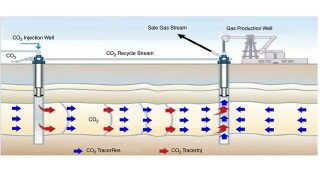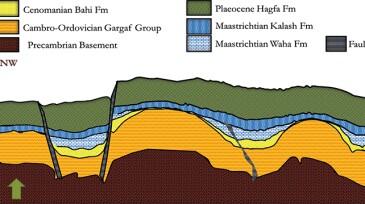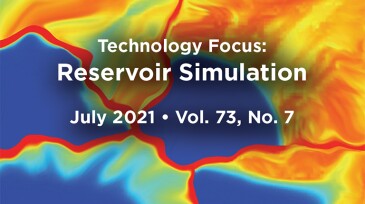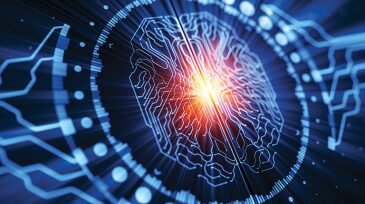Reservoir simulation
The aim of this study is to incorporate detailed geological, petrophysical, and hydraulic fracturing models to better predict and mitigate the effects of interbench interactions.
The objective of this paper is to apply a developed workflow to determine the propped hydraulic fracture geometry in a horizontal multistage fractured well, incorporating production, pressure, and strain data.
This study explores the feasibility of implementing in-situ carbon dioxide recycling for sequestration as a fit-for-purpose developmental strategy for a Malaysian gas field characterized by an initial carbon-dioxide content of approximately 60%.
-
The authors develop a representative geostatistically based 3D model that preserves geological elements and eliminates uncertainty of reservoir properties and volumetric estimates for a Libyan field.
-
The authors examine a theory that low resistivity in a Chinese reservoir is caused by bound water trapped in clay minerals and develop an improved model for production prediction of offset wells.
-
In reviewing the long list of papers this year, it has become apparent to me that the hot topic in reservoir simulation these days is the application of data analytics or machine learning to numerical simulation and with it quite often the promise of data-driven work flows—code for needing to think about the physics less.
-
The authors describe the process of building multiple scenario-based models to optimize development planning in preparation for the upcoming production phase of the Ichthys field offshore Australia.
-
The authors demonstrate how artificial intelligence and machine learning can help build a purely data-driven reservoir simulation model that successfully history matches dynamic variables for wells in a complex offshore field and that can be used for production forecasting.
-
The paper describes an end-to-end deep surrogate model capable of modeling field and individual-well production rates given arbitrary sequences of actions.
-
Physics-based simulations plus machine-learning exercises are yielding a more comprehensive look at production volumes from unconventional assets.
-
As we see in these papers, new tools and techniques are being developed to match the ability of engineers to meet the challenges posed by assets such as shale reservoirs and maturing fields.
-
This paper presents a step-by-step work flow to facilitate history matching numerical simulation models of hydraulically fractured shale wells.
-
In the complete paper, the authors present a novel approach that uses data-mining techniques on operations data of a complex mature oil field in the Gulf of Suez that is currently being waterflooded.













